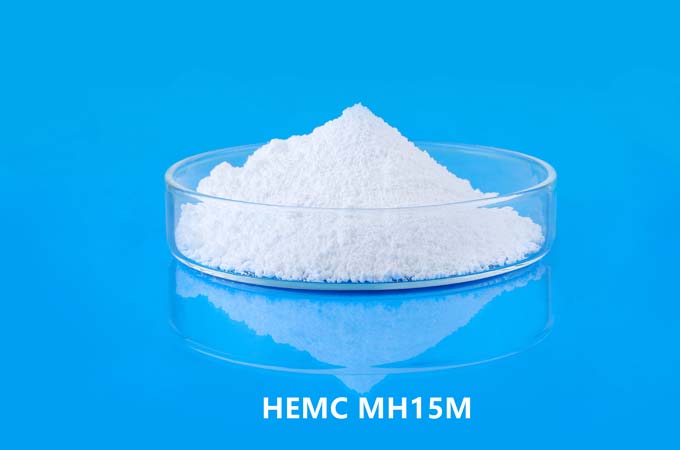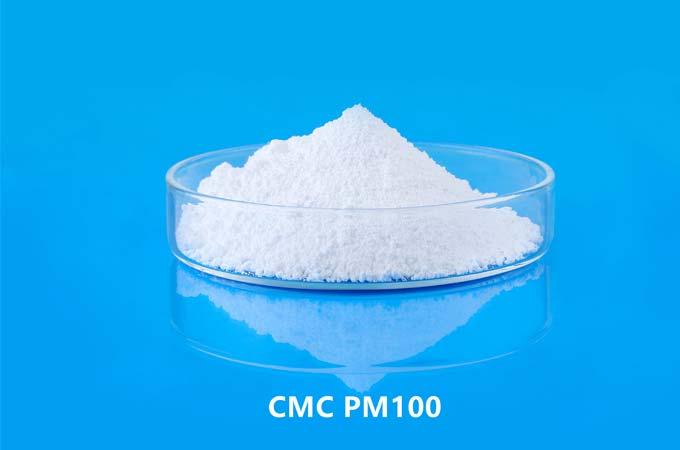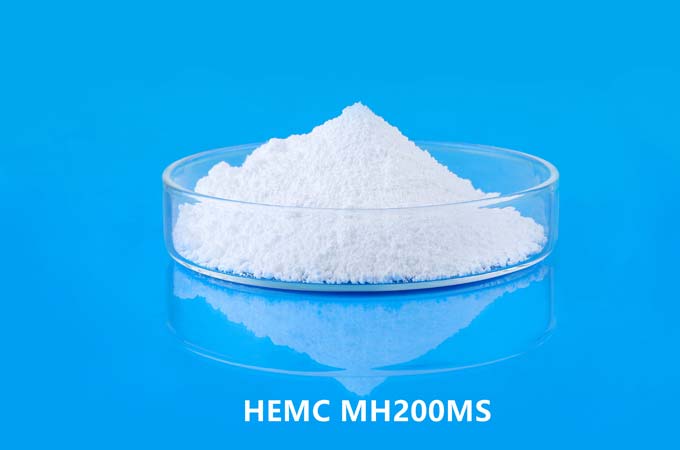Hydroxypropyl methylcellulose (HPMC) is a versatile compound widely used in various industries, including pharmaceuticals, food, and cosmetics, for its gelling, thickening, and stabilizing properties. Recently, its application in detergents has garnered attention due to its biodegradability and potential as an eco-friendly alternative to traditional surfactants. However, the use of HPMC in detergents comes with several challenges that need to be addressed for it to become a viable option in mainstream detergent formulations.
Technical Challenges
1. Compatibility with Other Ingredients:
HPMC must work synergistically with other detergent ingredients such as enzymes, fragrances, and colorants. Ensuring compatibility is crucial, as incompatibility can lead to reduced efficacy or stability of the detergent. For example, interactions between HPMC and certain surfactants might affect the viscosity and overall performance of the detergent. This necessitates extensive formulation adjustments and testing.
2. Dissolution and Dispersion:
Achieving uniform dissolution and dispersion of HPMC in water can be challenging. Inadequate dispersion may result in clumping or incomplete dissolution, which can impair the detergent’s performance. This issue is particularly pertinent in cold water detergents, where HPMC may dissolve more slowly compared to hot water formulations. Manufacturers need to develop methods to ensure HPMC disperses quickly and evenly in all types of water temperatures.
3. Cleaning Efficacy:
Traditional surfactants like sodium lauryl sulfate (SLS) have a well-documented cleaning efficacy due to their ability to lower surface tension and emulsify oils and fats. HPMC, primarily a thickening agent, does not inherently possess these surfactant properties. Thus, relying solely on HPMC in detergent formulations can compromise cleaning efficacy. This challenge requires innovative formulation strategies to combine HPMC with other effective cleaning agents without diminishing the overall detergent performance.
Economic Challenges
1. Cost of Production:
The production of HPMC involves several steps, including etherification and purification, making it relatively expensive compared to conventional surfactants derived from petrochemicals. The higher production costs of HPMC translate to more expensive end-products, which can deter both manufacturers and consumers from adopting HPMC-based detergents.
2. Scaling Up Production:
Scaling up the production of HPMC to meet the demands of the detergent industry is another economic hurdle. Large-scale production requires significant investment in infrastructure and technology. Furthermore, maintaining the consistency and quality of HPMC products at large volumes poses additional challenges, potentially leading to higher costs and reduced economic viability.
Environmental Challenges
1. Source Material Sustainability:
HPMC is derived from cellulose, which is sourced from wood pulp or cotton. The sustainability of these raw materials is a concern, particularly if the demand for HPMC increases significantly. The environmental impact of deforestation and the agricultural practices associated with cotton farming must be considered. Ensuring sustainable sourcing of cellulose is essential to maintain the eco-friendly profile of HPMC detergents.
2. Biodegradability and Environmental Impact:
While HPMC is biodegradable, its degradation rate and byproducts in various environmental conditions need thorough evaluation. The environmental impact of the HPMC detergent, especially in aquatic ecosystems, must be studied to ensure that they do not cause harm. Additionally, the production processes of HPMC should be examined for their environmental footprint, including energy consumption and emissions.
Regulatory and Consumer Acceptance Challenges
1. Regulatory Approval:
Detergents are subject to stringent regulations regarding their safety and environmental impact. HPMC-based detergents must undergo rigorous testing to comply with these regulations, which can be time-consuming and costly. Regulatory bodies in different regions may have varying requirements, complicating the approval process for global distribution.
2. Consumer Acceptance:
Consumers are accustomed to the performance of traditional detergents and may be skeptical about the efficacy of HPMC-based alternatives. Educating consumers about the benefits and performance of HPMC detergents is crucial for market acceptance. Additionally, the higher cost of HPMC detergents could be a barrier to widespread adoption, especially in price-sensitive markets.
Potential Solutions and Future Directions
1. Formulation Innovations:
Innovative formulation techniques can help overcome some technical challenges. For instance, combining HPMC with other biodegradable surfactants could enhance cleaning efficacy while maintaining eco-friendliness. Research into synergistic combinations of ingredients can lead to more effective and stable detergent formulations.
2. Cost Reduction Strategies:
Developing more cost-efficient methods for producing HPMC can help reduce the economic burden. Advances in biotechnology could enable the production of HPMC from alternative, less expensive raw materials or through more efficient processes. Additionally, economies of scale achieved through increased demand and production can eventually lower costs.
3. Sustainable Sourcing and Production:
Ensuring sustainable sourcing of cellulose is paramount. This can be achieved through certification schemes like FSC (Forest Stewardship Council) for wood pulp and adopting sustainable agricultural practices for cotton. Moreover, improving the environmental efficiency of HPMC production processes can enhance its sustainability profile.
4. Regulatory and Market Strategies:
Navigating the regulatory landscape requires a proactive approach, including early engagement with regulatory bodies and comprehensive safety and environmental testing. For consumer acceptance, targeted marketing campaigns highlighting the environmental benefits and comparable performance of HPMC detergents can be effective. Offering trials or money-back guarantees could also mitigate consumer hesitancy.
The use of HPMC in detergents presents a promising but challenging prospect. Addressing the technical, economic, and environmental hurdles requires a multifaceted approach involving innovative formulation, cost reduction, sustainable sourcing, and effective regulatory and consumer strategies. With continued research and development, HPMC detergents have the potential to become a viable, eco-friendly alternative to traditional detergents, contributing to a more sustainable future.
 English
English 日本語
日本語 français
français Deutsch
Deutsch Español
Español italiano
italiano русский
русский português
português العربية
العربية Türkçe
Türkçe Nederland
Nederland



